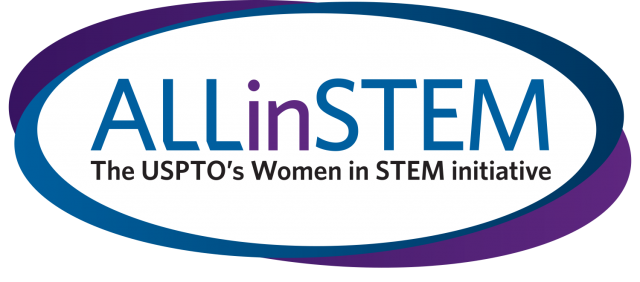If you take a sampling of patents granted by the United States Patent and Trademark Office (USPTO), chances are the inventions are designed by men who have a science, technology, engineering, or math background. So much so are the odds that the USPTO has launched the All In STEM initiative to encourage girls and women to study science, technology, engineering and mathematics (STEM).
The initiative is much more than just teaching women how to patent inventions , although that is a component of it. Rather, the USPTO’s mission statement for the initiative states that it is designed to inspire women in all stages of their lives, from grade school girls to entrepreneurs, to pursue STEM degrees and work in STEM careers as a means of benefiting society and the economy.
According to USPTO statistics, gender parity in STEM professions remains a challenge in the United States. Currently, women hold less than 25 percent of STEM jobs in the country. Additionally, women have a 50 percent attrition rate in STEM careers during the first 12 years on the job compared to a 20 percent attrition rate of women in non-STEM professional fields.
Michelle K. Lee, undersecretary of commerce for intellectual property and director of the USPTO, serves as the ideal role model for the STEM initiative. She holds a bachelor of science degree and a master of science degree in electrical engineering and computer science, and a juris doctor degree.
Prior to her legal career, Lee worked as a computer scientist at both Hewlett-Packard Research Laboratories and the Massachusetts Institute of Technology (MIT) Artificial Intelligence Laboratory.
“As the head of USPTO, I was disheartened to learn of a recent study that showed just how disparately women are represented in the innovation community,” said Lee. “This particular study showed that women represented no more than 15 percent of all inventors and that at the current rate, it will take another 140 years for women to obtain parity with their male inventor counterparts. That’s far too long to wait.”
The goal of All in STEM is to help the U.S. reach its full potential in STEM jobs so it can compete in the increasingly competitive global economy. As Lee explains, every possible perspective and ability are needed on the “pressing scientific and technical challenges of our times. Our country can afford no less.”
Obtaining that full potential, says Lee, means getting more girls into STEM education and empowering more women in STEM professions so they can flourish.
The STEM Good Jobs Now and for the Future report from the Department of Commerce’s Economics and Statistics Administration shows that STEM jobs are being created at three times the rate of non-STEM jobs. Furthermore, U.S. companies indicate that they will need two million new computing and engineering professionals in the next seven years.
The USPTO is among those companies where candidates with a STEM background will be needed soon to work as examiners reviewing and granting patents.
As part of the STEM initiative, the USPTO is partnering with other government agencies and organizations to reach girls and women at all ages. For instance, the USPTO is working with the nonprofit organization, Invent Now, Inc., to create a Girl Scout patch on intellectual property and how to patent inventions, and a summer program for elementary school-aged children focused on design, creation and invention.
By working together, Lee emphasizes, “We can empower and encourage girls and women in STEM so no innovator is left behind.”


